

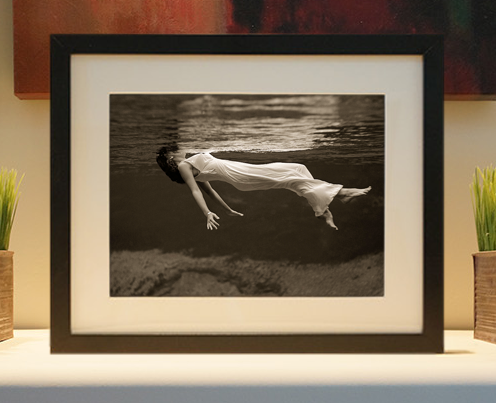
Framed or unframed, desk size to sofa size, printed by us in Arizona and Alabama since 2007. Explore now.
Shorpy is funded by you. Patreon contributors get an ad-free experience.
Learn more.

- The most dangerous fire escape I've ever seen
- Out of Place
- Sir Bedevere
- Witch way to the fire?
- Proud to be an old Coot
- That old scale
- Bowled Over
- Cat years?
- 'Why' Wyoming?
- His Master's Voice
- What! No dish under the skewer?
- Only in Hollywood?
- What's Up Doc?
- Destination?
- I'm pretty sure this was a voluntary program
- When I see chicken wire rabbit cages I think of three things
- The War Ears
- Eating the bunnies? Really?
- A love affair with a machine
- Hasenpfeffer
- Back support
- Hot type!
- Can you smell ... the news?
- Looking across the street and Flong
- Memories of my elderly hoarder neighbor
- Linotype in the Twilight Zone
- By Memory?
- Quiet place
- Line Of Type
- And no hearing protection
Printporium
Fifth Avenue Hotel: 1901
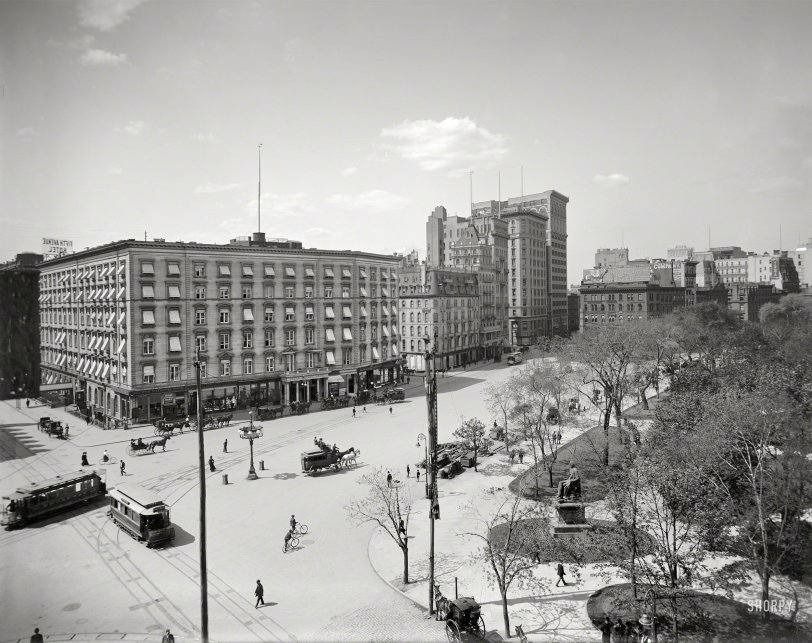
New York circa 1901. "Fifth Avenue Hotel, southwest corner of Madison Square." 8x10 inch dry plate glass negative by William Henry Jackson. View full size.
Famous Neighborhood
For a few decades before the turn of the 20th century Madison Square was a center of high-class New York shopping and hostelries. 23rd Street (to the left of the Fifth Avenue Hotel) had the finest stores in the city. Delmonico's restaurant (soon to be the Cafe Martin) was on the east side of Fifth Avenue just out of sight on the upper right of this photograph. The Waldorf-Astoria was on the west side of Fifth a few blocks farther north.
The Fifth Avenue Hotel was a favorite hangout of New York City Republican politicians as well as Republican visitors from all over the country. Grover Cleveland, Democrat, preferred the Hoffman House on the next block north. The "Tenderloin," New York's wide-open hilarity district, covered a large area to the west and north of the final snippet of Broadway shown in the upper center right of the photograph.
The following year, 1902, would see the opening of the Flatiron Building just off the left side of the picture, due south of the southbound Broadway trolley car shown here. All in all, in 1901 no man or woman needed to go very far from the pictured area in order to have absolutely all of their human needs, wants or desires fully satisfied, if they had the money. If they didn't, beer was still five cents a glass.
Seward
Statue of William H. Seward, Secretary of State who negotiated the Alaska purchase in 1867 for $7.2 million, by sculptor Randolph Rogers.
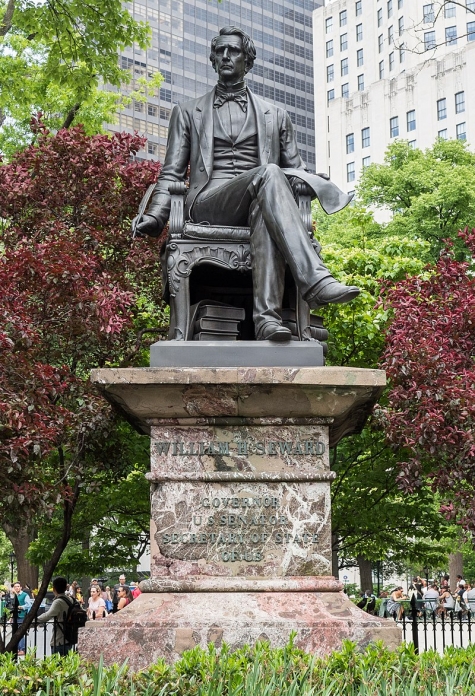
Interesting Trackwork
Streetcar lines on both streets are powered by underground conduits, but only horsecars or trailers could use the curved connection tracks.
Roof Masts
On the hotel roof and the three buildings to the right of it looks like at least 30-foot masts. Too early for radio.
[Wireless telegraphy got its start in the 1890s, so it's not "too early for radio." But those are flagpoles. - Dave]





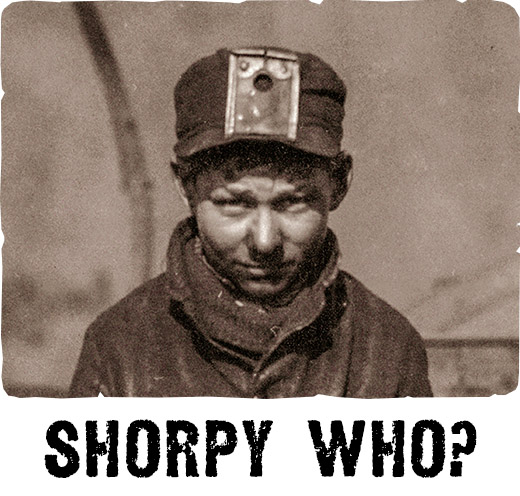
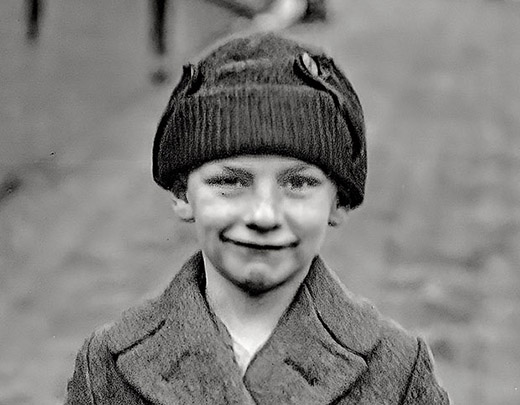
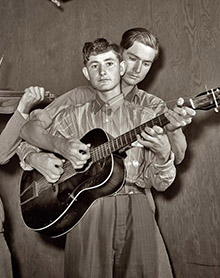
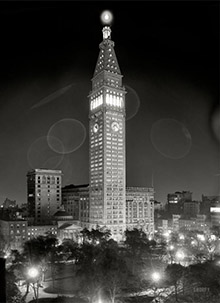
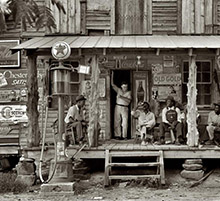
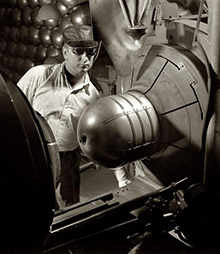
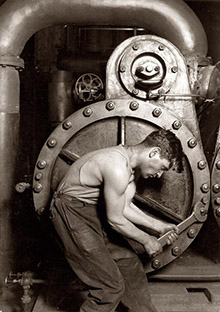
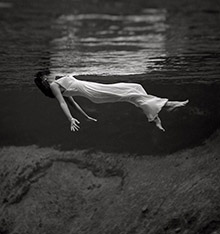
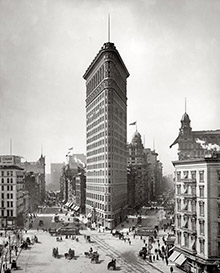

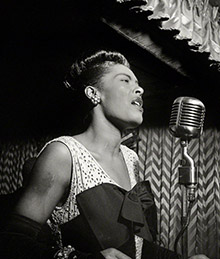
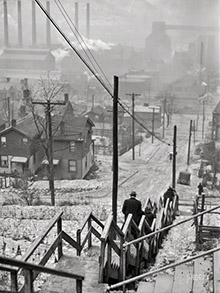
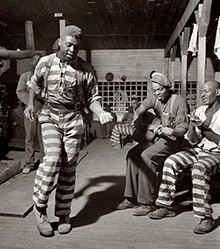

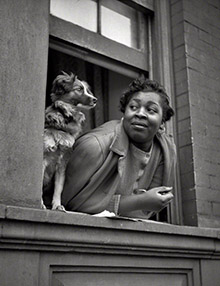
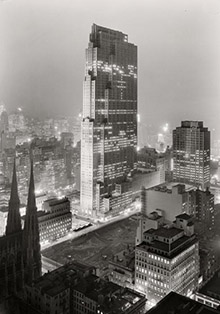

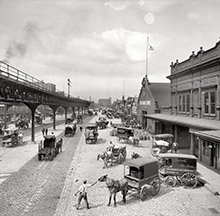
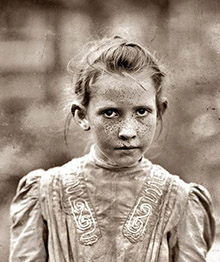
On Shorpy:
Today’s Top 5